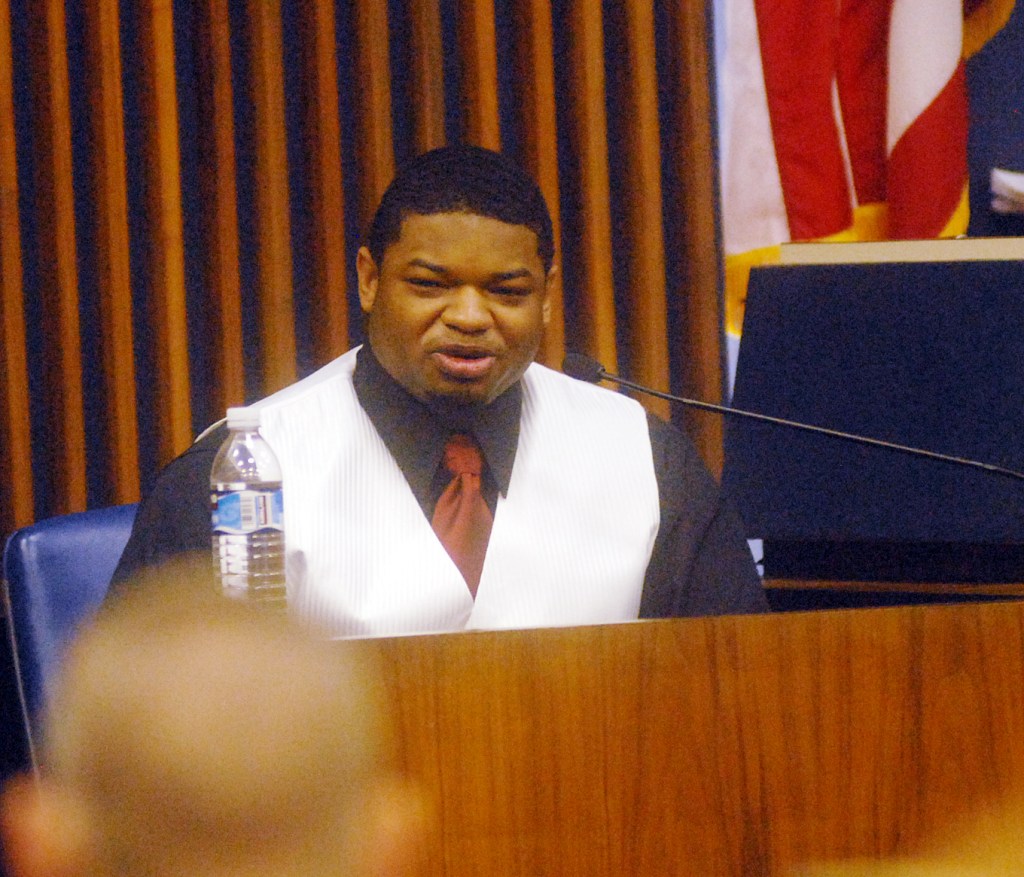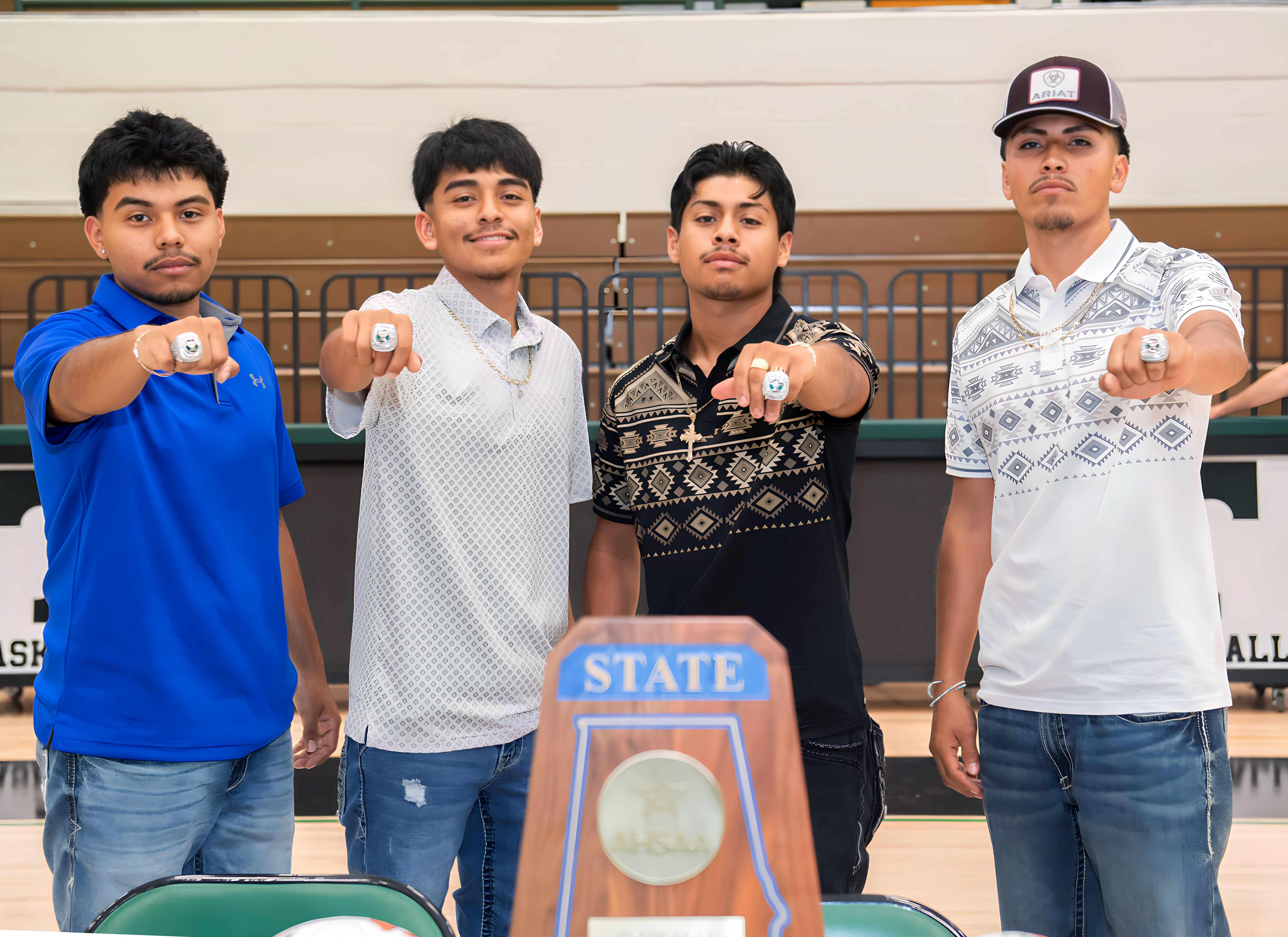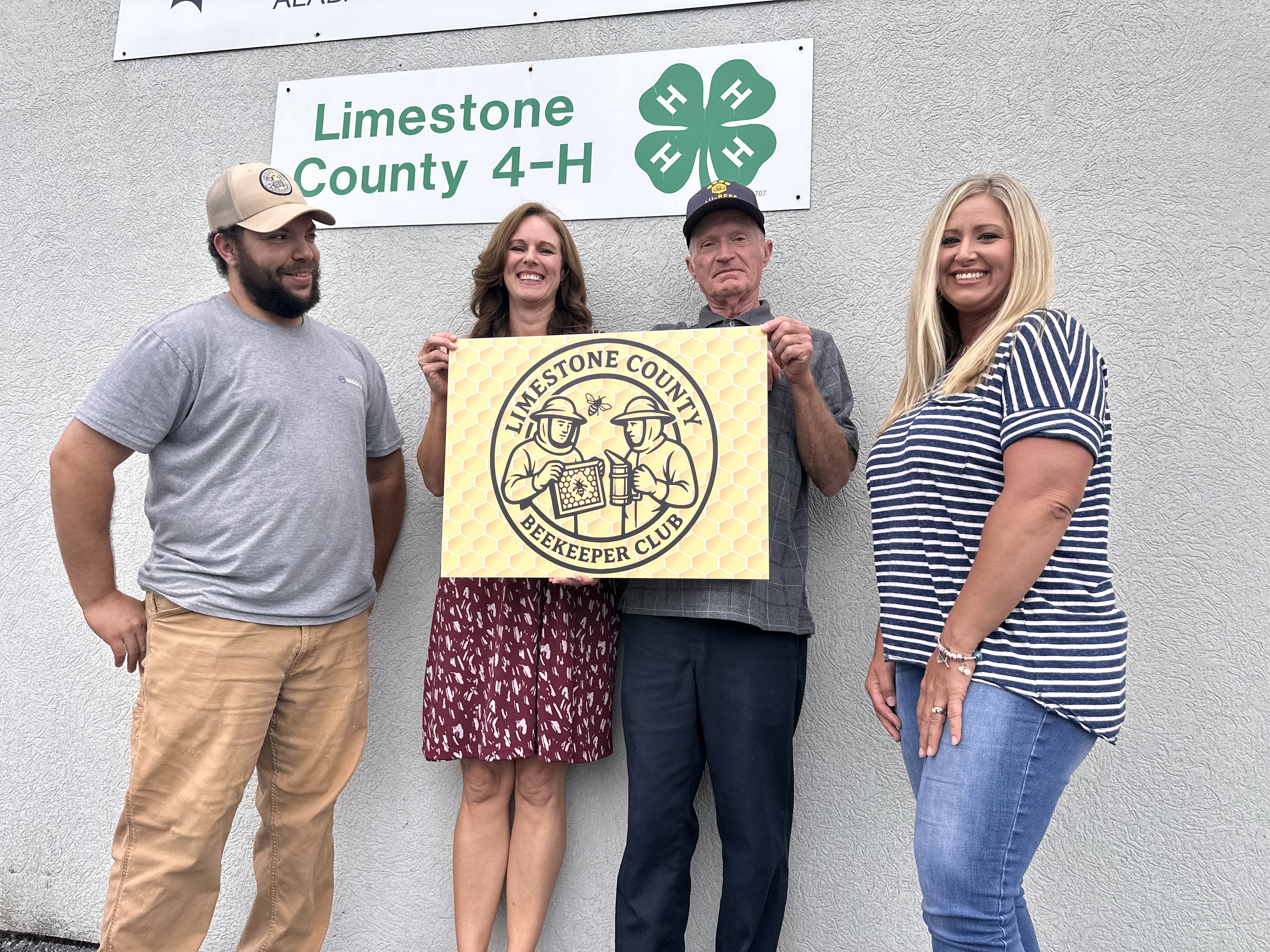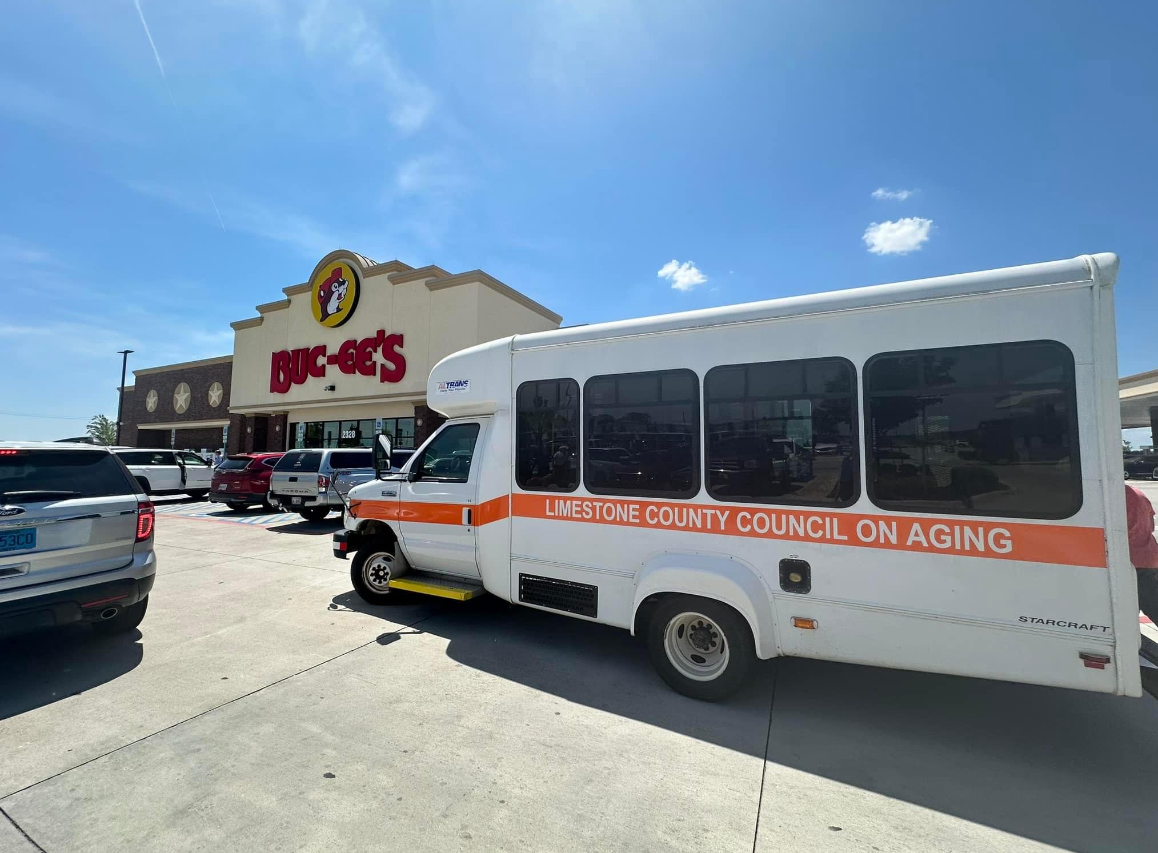Defense rests in Woods case
Published 7:57 am Thursday, February 12, 2009

- Jamal Woods, above, takes the stand in his capital murder trial Tuesday in Madison County Circuit Court. The defense rested its case Wednesday, with closing arguments set to begin today. (News Courier/Kim Rynders)
Dr. Joseph Ackerson, director of the University of Alabama at Birmingham Neuropsychology Department, testified for the defense as an expert witness in the final day of testimony in the capital murder trial of accused murderer Jamal Woods.
After administering a daylong battery of psychological evaluation tests on Woods in the Madison County Jail, Ackerson’s diagnosis was “anti-social personality disorder.”
Woods was indicted for capital murder in the Dec. 17, 2006, shooting deaths of Tanqueray “Tank” Beavers, 21, and Thurston Turner, 27, both of Athens, and attempted murder in the wounding of Tory Rogers of Athens and bystander William “Tim” Reliford of Hazel Green at T.G.I. Friday’s restaurant in Huntsville.
Previous testimony in the nearly three-week trial established that Woods shot the Athens people because they continued to wave at his wife, Rotesia Horton Woods, a former Athens resident, that night in the restaurant. Jamal viewed it as disrespectful and that led to an altercation.
Ackerson testified in the afternoon after the jury heard testimony in the morning session from two high school coaches who had been called to subdue Woods when he had an altercation with his principal several years ago when he was a student at Davison High School in Mobile.
Woods had taken the stand in his defense Tuesday and remained under questioning throughout most of the day. Both the defense and the prosecution attorneys asked him to describe a series of violent confrontations he had been involved in from the time he was a preschool student in day care.
Defense attorneys Larry Morgan and Alan Mann said in opening statements that Woods learned his pattern of response to confrontation when he was a small child growing up in South Central Los Angeles. Woods’ male role model at that time was his uncle, who was a member of the street gang the 69th Street Crips.
Woods had testified Tuesday about his memory of life with his uncle on the streets.
“I’m sitting out on 69th Street eating a burrito and I might see some people starting out as a conversation and the next thing I know they are whupping up on each and then it’s six guys on one,” Woods recalled.
Tuesday Woods described his uncle, who was gunned down in a execution style shooting when Woods was 8.
“Charles sold drugs and he kept his stash in the garage,” Woods said. “Whenever I was with him, that’s what he did. If anyone argued with him, it didn’t last long because everyone feared my uncle. He was 6-foot-2, 245 pounds, solid muscle.
“A lot of people feared him. He was my uncle. He was my guy. When you hold that stature, a lot of problems are alleviated just by his presence. One time this dude snuck up behind him with a tire iron, and after he got out of the hospital, he went and found the dude and broke his jaw.”
Fits criteria
Ackerson testified Wednesday that intelligence quotient tests showed Woods scored 114—high normal—on verbal portions of the test, and on the full battery, 104.
He said that there are seven criteria of an anti-social personality disorder. A person must possess three of those traits to be evaluated as having an anti-social personality disorder: failure to conform to social norms; deceitfulness; impulsiveness; irritability; reckless disregard for his own safety and the safety of others; irresponsibility; and lack of remorse or indifferent to the feelings of others.
Ackerson said with few variations, Woods possesses all of these traits.
Ackerson said that while Woods showed strong affection for his mother, wife and children, many of the “unfortunate” decisions he made, such as becoming a $2,000-per-week drug dealer—reflected his attempt to protect and provide.
“We found that he had been exposed to the L.A. gang culture at an early age,” said Ackerson. “His primary male role model was a gang member, a man respected in his community as big and bad. That was in the early formation of his identity. If he perceived himself threatened, he responded with overwhelming force.
“In his own group he was kind, warm and supportive. But if you were on the wrong side, there would be no question in anyone’s mind who won, who was the top dog in that fight.”
Morgan asked Ackerson to describe Woods’ “mental operation.”
“Self-preservation is above everything else,” said the doctor. “He said one thing to me that really summed it up, ‘I don’t view myself as having any problem with authority unless they ask me to do something I don’t agree with.’”
Attorneys met late Wednesday afternoon in a charge conference with Madison County Circuit Judge Laura Hamilton and are scheduled to present closing arguments today beginning at 10 a.m.





